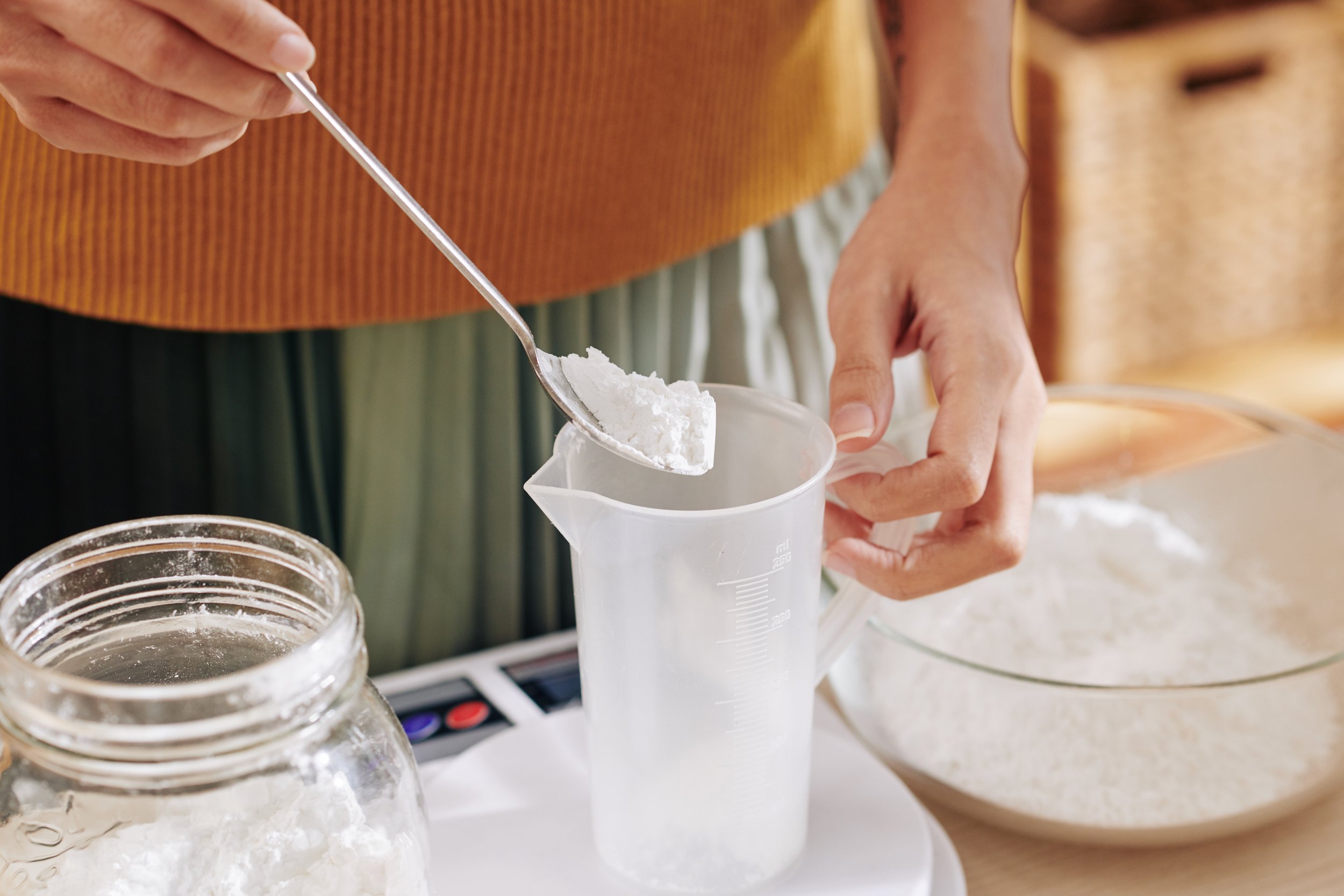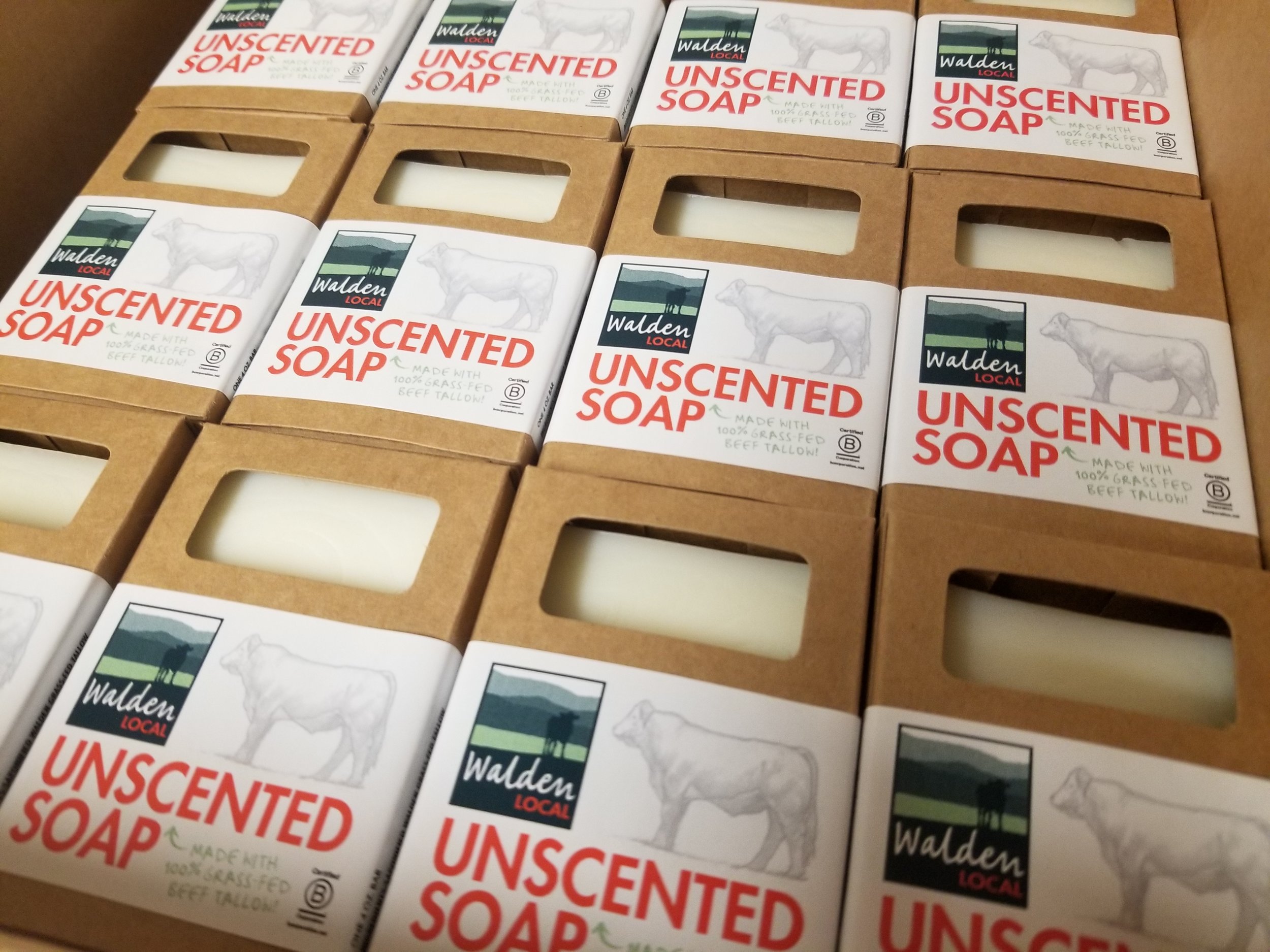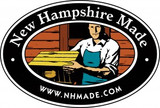Ever wonder what goes into creating the bars and balms you’ve come to love? In this deep dive with the Soapmaker, I am sharing a look inside our tallow soap and balm company so you can learn more about the process and our passion and perseverance along the way. From unexpected challenges to favorite ingredients, here’s a look at the story behind the products.
How long have you been making soap, and how did you learn?
It’s been 14 years since the first batch. Like many good things, it started with a lot of reading, experimenting, and handing out test bars to family and friends. From there, the journey went from local farmers’ markets while building an online presence to a full transition to online sales during COVID.
It wasn’t easy. There were years with no days off, juggling multiple jobs and overcoming setbacks. But persistence paid off, and our soaps and balms have only gotten better over time.
Where do you source your tallow and other ingredients?
Our tallow comes from Walden Local in Massachusetts. We receive the suet ground, then render it ourselves before it’s ready to use in soaps and balms. This hands-on approach ensures the highest quality and a personal touch in every batch.
What’s your favorite essential oil to work with and why?
Spearmint! It’s uplifting, refreshing, and never gets old. It’s a scent that brightens the day, which is why it shows up in some of our most beloved blends.
Have you ever had a batch not turn out as expected? What did you learn?
Yes. Our pine tar soap started with a true challenge. A family member’s request for a pine tar soap quickly turned into a series of flops stemming from different techniques and temperatures, which led to countless attempts and us nearly giving up. But eventually, a method clicked. Now it’s not only a success story but a customer favorite.
What’s your favorite soap or balm you’ve ever made?
Pine Tar again. It’s unique, earthy, and rewarding to make. It stands out in both process and results.
Do you have a go-to soap at home, or do you switch it up?
It depends on the mood and what is available. For the shower, we typically use the Pine Tar 20% or Lavender & Spearmint. For handwashing, the Pure tallow soap is our staple.
What’s the most meaningful feedback you’ve received from a customer?
The messages from customers who say our products have improved their quality of life. That kind of feedback makes every long day and late night worth it.
What’s your top tip for someone new to natural skincare?
Make it your own. It’s easy to get caught up in what others are doing, but your uniqueness is your strength. Stay focused and keep moving forward. Ultimately, your individuality will naturally shine through your work.
What do you want people to feel when they use your products?
Comfort. Calmness. Joy. A moment of pleasantness in a busy day. Those are the feelings we aim to deliver with every bar and balm.






